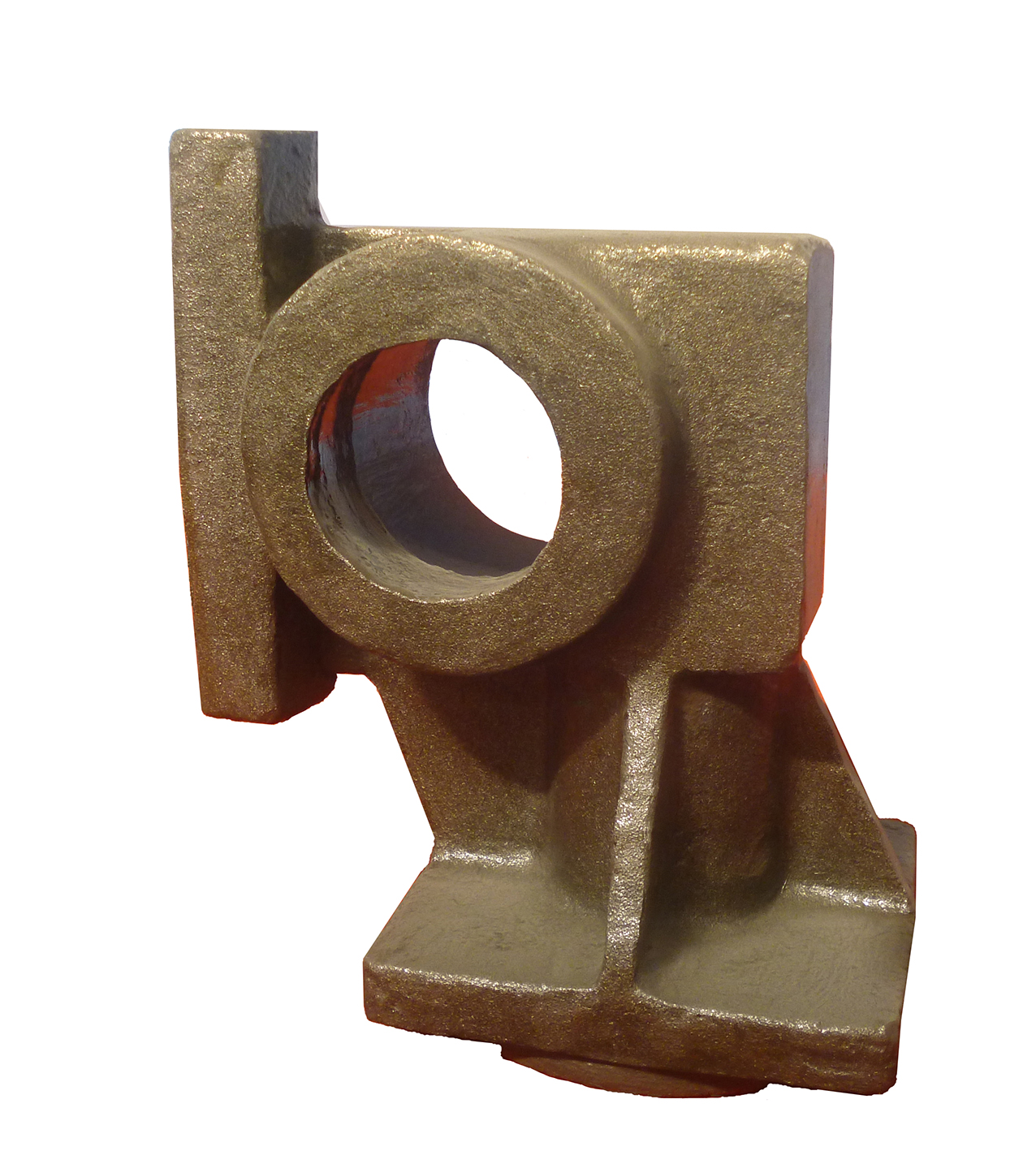- Afrikaans
- Albanian
- Amharic
- Arabic
- Armenian
- Azerbaijani
- Basque
- Belarusian
- Bengali
- Bosnian
- Bulgarian
- Catalan
- Cebuano
- China
- China (Taiwan)
- Corsican
- Croatian
- Czech
- Danish
- Dutch
- English
- Esperanto
- Estonian
- Finnish
- French
- Frisian
- Galician
- Georgian
- German
- Greek
- Gujarati
- Haitian Creole
- hausa
- hawaiian
- Hebrew
- Hindi
- Miao
- Hungarian
- Icelandic
- igbo
- Indonesian
- irish
- Italian
- Japanese
- Javanese
- Kannada
- kazakh
- Khmer
- Rwandese
- Korean
- Kurdish
- Kyrgyz
- Lao
- Latin
- Latvian
- Lithuanian
- Luxembourgish
- Macedonian
- Malgashi
- Malay
- Malayalam
- Maltese
- Maori
- Marathi
- Mongolian
- Myanmar
- Nepali
- Norwegian
- Norwegian
- Occitan
- Pashto
- Persian
- Polish
- Portuguese
- Punjabi
- Romanian
- Russian
- Samoan
- Scottish Gaelic
- Serbian
- Sesotho
- Shona
- Sindhi
- Sinhala
- Slovak
- Slovenian
- Somali
- Spanish
- Sundanese
- Swahili
- Swedish
- Tagalog
- Tajik
- Tamil
- Tatar
- Telugu
- Thai
- Turkish
- Turkmen
- Ukrainian
- Urdu
- Uighur
- Uzbek
- Vietnamese
- Welsh
- Bantu
- Yiddish
- Yoruba
- Zulu
Nov . 08, 2024 18:08 Back to list
ductile iron covers
Understanding Ductile Iron Covers A Comprehensive Overview
Ductile iron, also known as spheroidal graphite iron, has gained immense popularity in various engineering applications due to its superior mechanical properties compared to traditional cast iron. One of the most significant uses of ductile iron is in the manufacture of covers, specifically manhole covers, drainage covers, and various types of industrial covers. This article aims to explore the advantages of ductile iron covers, their applications, and the factors that make them an ideal choice in modern engineering.
What Is Ductile Iron?
Ductile iron is characterized by its unique microstructure, which contains round graphite nodules that provide flexibility and strength. This composition allows the material to withstand significant stress and strain without breaking, making it more resilient than standard cast iron. Additionally, ductile iron exhibits excellent corrosion resistance, wear resistance, and fatigue resistance, which enhances its lifespan in various applications.
Advantages of Ductile Iron Covers
1. Strength and Durability One of the primary advantages of ductile iron covers is their strength. They are capable of withstanding heavy loads, which makes them ideal for use in roadways, parking lots, and industrial areas. This durability not only ensures the safety of vehicles and pedestrians but also minimizes the frequency of replacements, thereby reducing long-term costs.
2. Corrosion Resistance Ductile iron possesses inherent corrosion resistance properties. When coated with a protective finish, such as paint or epoxy, ductile iron covers can withstand harsh environmental conditions, including moisture, chemicals, and extreme temperatures. This resistance prolongs the lifespan of the covers and reduces the need for maintenance.
3. Design Flexibility Ductile iron can be easily molded into various shapes and designs, allowing manufacturers to create covers that fit specific needs and aesthetics. Customization options enable engineers to incorporate features such as drainage outlets, anti-skid surfaces, and decorative patterns, enhancing both functionality and visual appeal.
ductile iron covers

4. Weight Considerations While ductile iron is strong, it is also relatively lightweight compared to other materials like steel or concrete. This feature simplifies the handling and installation processes, saving time and labor costs in construction and maintenance tasks.
5. Safety Features Many ductile iron covers are designed with safety in mind. Features such as non-slip surfaces and precisely engineered locking mechanisms help to prevent accidents caused by loose or shifting covers. Furthermore, their robustness reduces the risk of cracking or breaking under heavy loads.
Applications of Ductile Iron Covers
Ductile iron covers find applications in numerous sectors, including urban infrastructure, industrial settings, and residential areas. Common uses include
- Manhole Covers These covers protect access points to underground utility systems and are engineered to endure traffic loads while preventing unauthorized access. - Drainage Covers Used in stormwater management systems, these covers allow for water drainage while preventing debris from entering the system. - Utility Covers Ductile iron is often utilized for covers that provide access to electric, gas, or water lines, ensuring durability and safety in high-traffic areas.
Conclusion
Ductile iron covers represent a significant advancement in material science, combining strength, durability, and versatility. Their ability to withstand challenging environmental conditions and heavy loads makes them an excellent choice for various applications in infrastructure and industry. As urban areas continue to grow and demand more efficient solutions for utility access and water management, the importance of ductile iron covers will only increase. Investing in these high-quality materials ensures long-term performance and safety, making them a smart choice for modern engineering projects.
-
Premium Cast Iron Water Main Pipe: Durable, Corrosion-Resistant
NewsAug.03,2025
-
Durable Cast Iron Water Mains | AI-Optimized Systems
NewsAug.02,2025
-
High-Efficiency Propane Boiler for Baseboard Heat | Save Energy
NewsAug.01,2025
-
Premium Source Suppliers for Various Gray Iron Castings
NewsJul.31,2025
-
Durable Cast Iron Water Main Pipes | Long-Lasting
NewsJul.31,2025
-
High-Quality Cast Iron Water Main Pipe for Durable Infrastructure
NewsJul.30,2025


